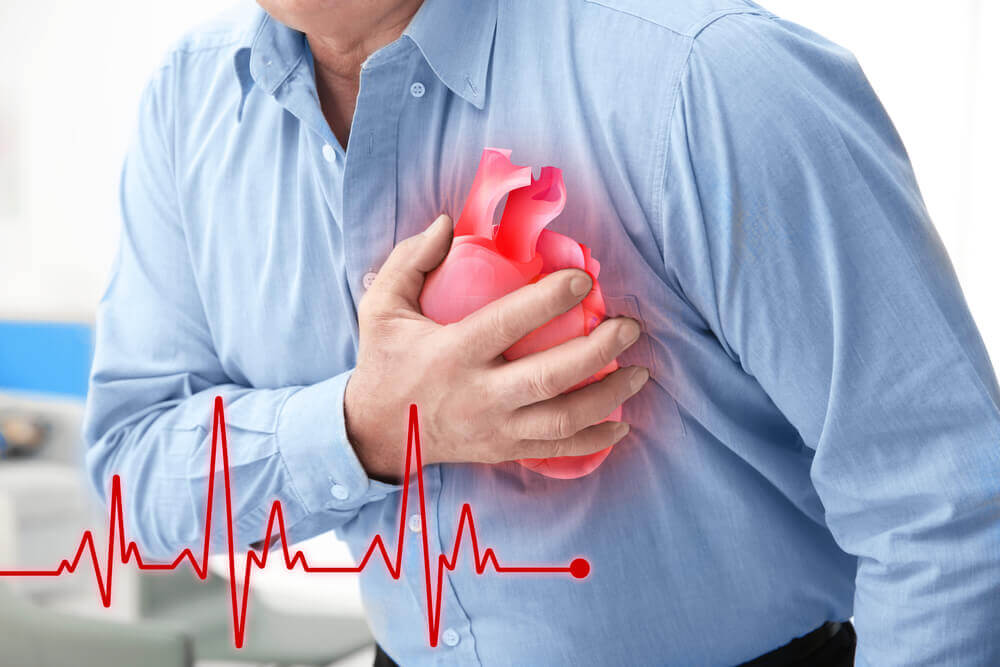Heart Attack
What is a Heart Attack?
A heart attack, medically known as a myocardial infarction, occurs when the blood flow to a part of the heart muscle is blocked, usually by a blood clot. This blockage deprives the heart muscle of oxygen and nutrients, leading to tissue damage or death if not promptly treated. Common symptoms include chest pain or discomfort, shortness of breath, nausea, lightheadedness, and sweating. Prompt medical attention is crucial to minimize damage and improve outcomes, often involving medications, procedures to restore blood flow, and lifestyle changes to reduce the risk of future events.

Signs And Symptoms Of A Heart Attack?
For most people, intermittent squeezing pressure in the upper chest is the first warning sign of a heart attack. The pain may spread down the arms and torso or move upward toward the neck and jaw.
Other common heart attack warning signs include:
- Shortness of breath
- Cold sweat
- Nausea
- Dizziness
- Coughing
- Sense of impending doom
- Restlessness
These symptoms do not usually resolve from changing positions or taking any other at-home care measures. You must come in for an evaluation and treatment by a heart doc NYC to halt the damage to your heart and work toward a full recovery.
Risk Factors of a Heart Attack?
Risk factors for heart attacks are:
- Smoking
- Increased age
- Family History
- Uncontrolled Diabetes
- Uncontrolled Hypertension (High Blood Pressure)
- Uncontrolled Cholesterol and Lipid levels
- Sedentary Lifestyle and physical inactivity
- Obesity
How is a Heart Attack Diagnosed?
Heart attacks are diagnosed with the clinical presentation of crushing chest pain that radiates to the left arm and neck, as well as taking a history of presenting illness. Diagnoses also include a 12 lead Electrocardiogram (EKG) which measures the electrical activity of the heart as well as certain blood tests that show damage to the heart. Findings will present with ST- Elevations in a specific assortment of leads that can help determine the location of arterial blockage.
Heart attacks can also be diagnosed by cardiac angiogram, which visually shows arterial blockage via CT technology.


